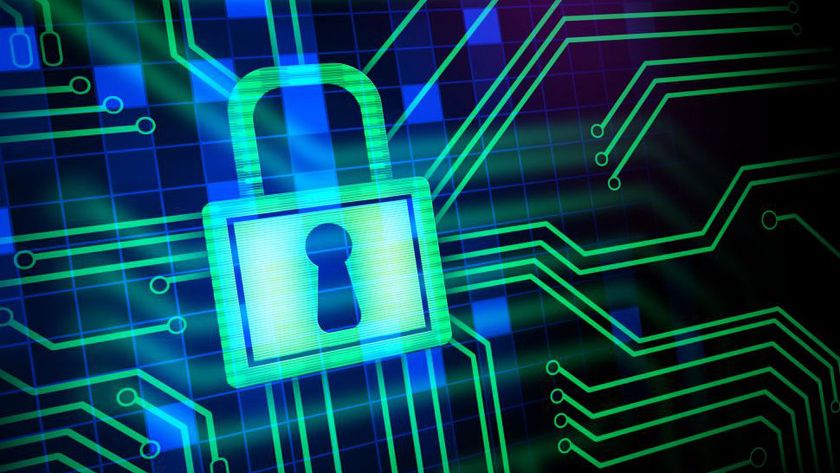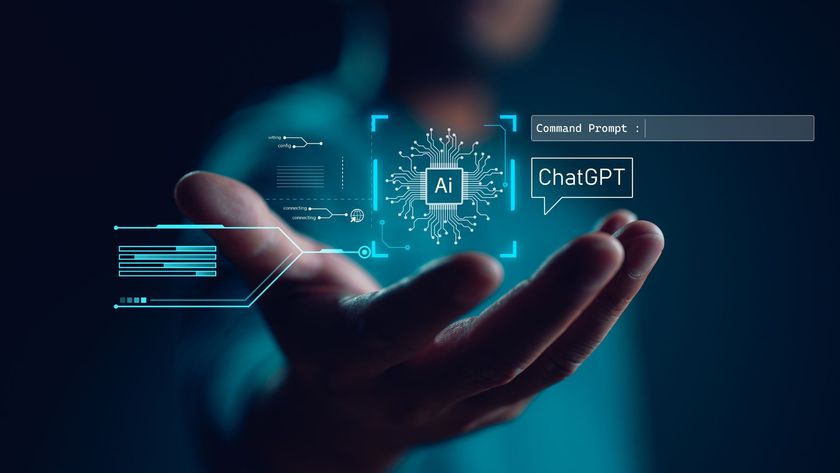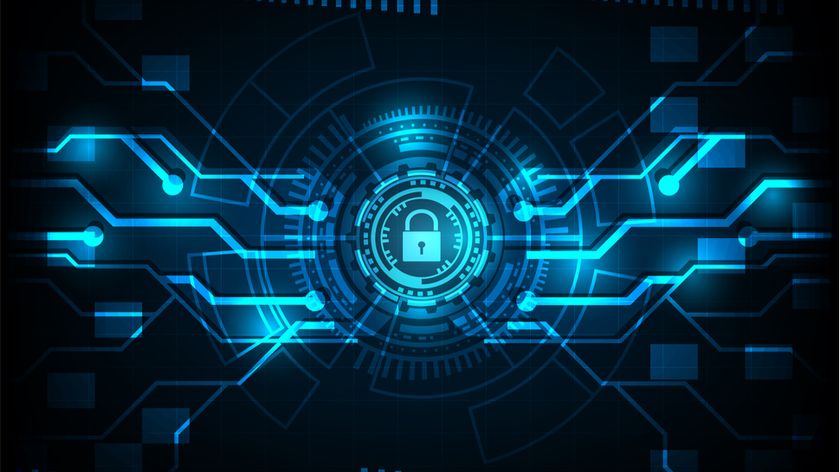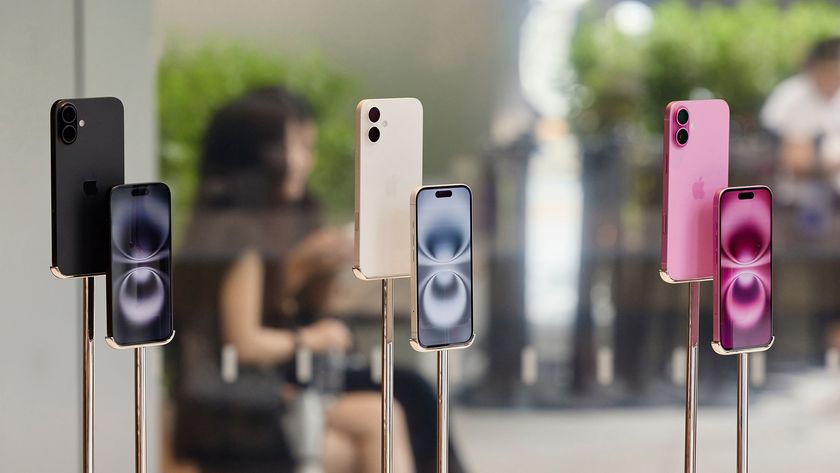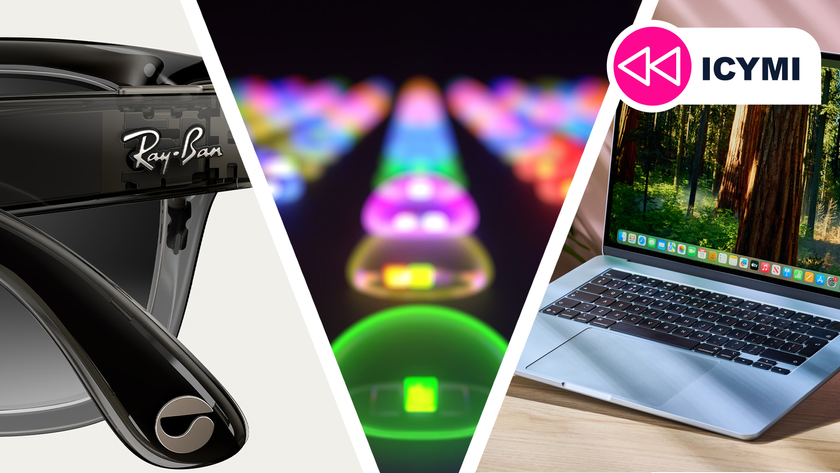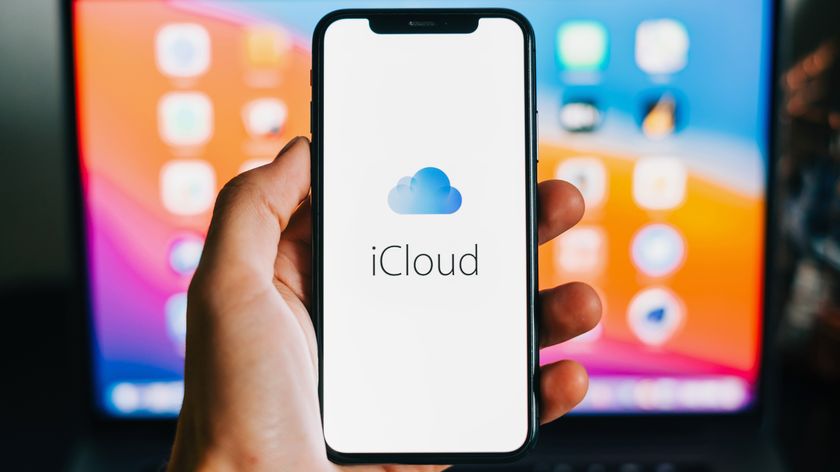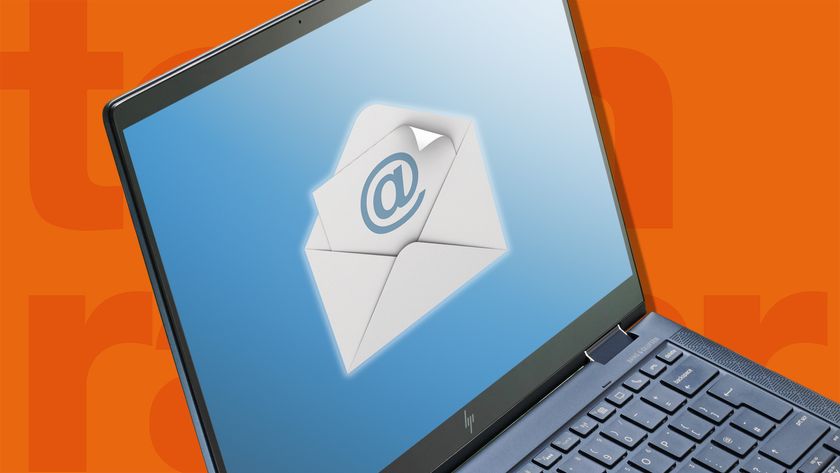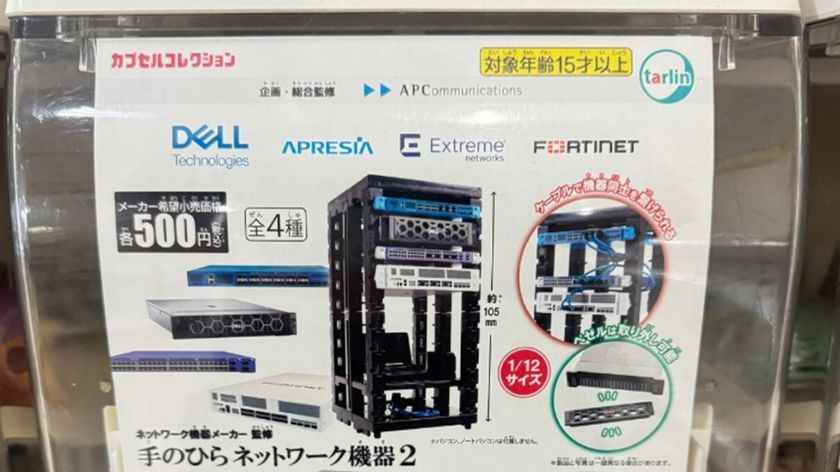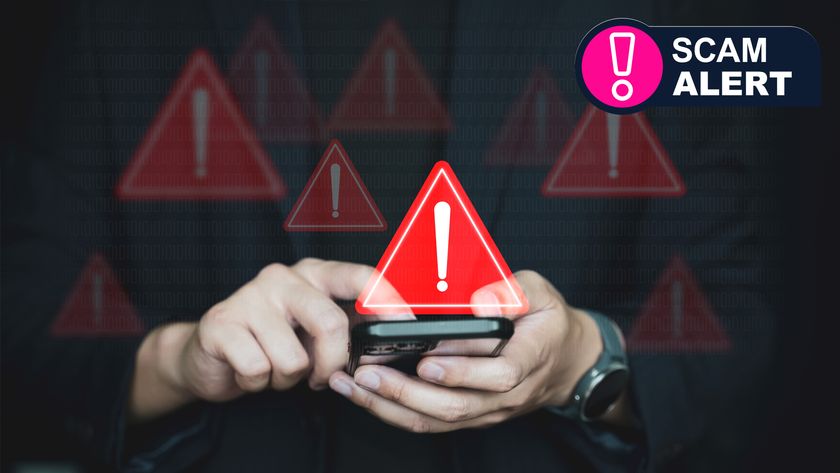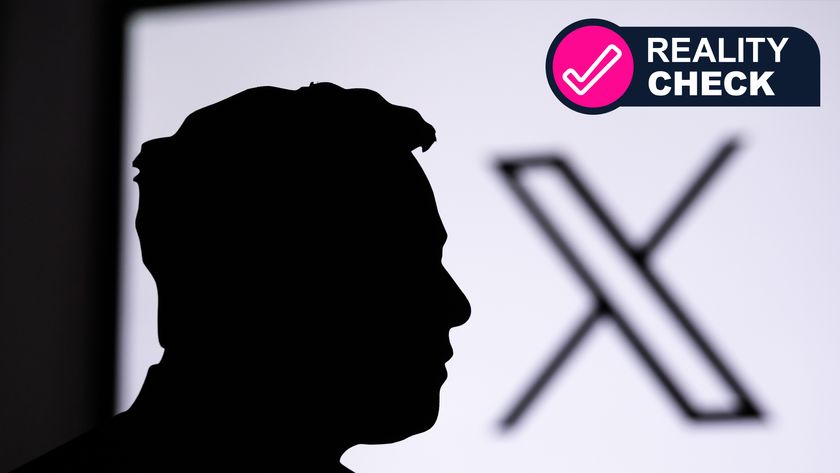Windows 10's biometric security recognizes fingers, faces and eyes
And kills the password, apparently

Others have pioneered fingerprint-based authentication, but Microsoft is going much bigger than that for its biometric security in Windows 10.
The company today announced "Windows Hello" and Passport, two Windows 10 security features it hopes will help kill the password for good.
- Here's what we want to see at IFA 2015
We know more about Windows Hellot, biometric authentication that can use not just your fingerprints, but also your face or iris to recognize you.
Special hardware required
Existing devices that have fingerprint sensors and can be upgraded to Windows 10 will support fingerprint recognition, but to grok your face/eyes will require special hardware that will be built into yet-unannounced Windows 10 gadgets.
"The cameras use infrared technology to identify your face or iris and can recognize you in a variety of lighting conditions," Microsoft Operating Systems Group Corporate Vice President Joe Belfiore wrote in a Windows blog post.
And Microsoft says it will be secure enough for enterprise use with the strictest organizations, including "government, defense, financial, health care" and more.
Bring your passport
Windows 10 Passport is less clearly defined, so we'll let Belfiore do it: "'Passport' is a code name for a programming system that IT managers, software developers and website authors can use to provide a more secure way of letting you sign-in to their sites or apps," he wrote.
Are you a pro? Subscribe to our newsletter
Sign up to the TechRadar Pro newsletter to get all the top news, opinion, features and guidance your business needs to succeed!
Belfiore continued, "Instead of using a shared or shareable secret like a password, Windows 10 helps to securely authenticate to applications, websites and networks on your behalf - without sending up a password. Thus, there is no shared password stored on their servers for a hacker to potentially compromise."
What this essentially means is that once your device has verified that you're you - via your PIN number or Windows Hello biometric authentication - you'll be able to use certain apps and services without needing to log in further.
A little bit terrifying
That sounds nice, but the thought that ne'er-do-wells might only have to fool one type of authentication to gain access to a whole slew of your personal accounts is also a little bit terrifying, despite Microsoft's assurances.
"When we started building Windows 10, the team spent a lot of time and energy thinking about how to make computing more personal," Belfiore said. "We want your devices to recognize you, to understand what you're saying… we want the experience to go wherever you do and we want you to feel a great sense of TRUST as you go."
- Android 4.4 is still going strong
Michael Rougeau is a former freelance news writer for TechRadar. Studying at Goldsmiths, University of London, and Northeastern University, Michael has bylines at Kotaku, 1UP, G4, Complex Magazine, Digital Trends, GamesRadar, GameSpot, IFC, Animal New York, @Gamer, Inside the Magic, Comic Book Resources, Zap2It, TabTimes, GameZone, Cheat Code Central, Gameshark, Gameranx, The Industry, Debonair Mag, Kombo, and others.
Micheal also spent time as the Games Editor for Playboy.com, and was the managing editor at GameSpot before becoming an Animal Care Manager for Wags and Walks.


